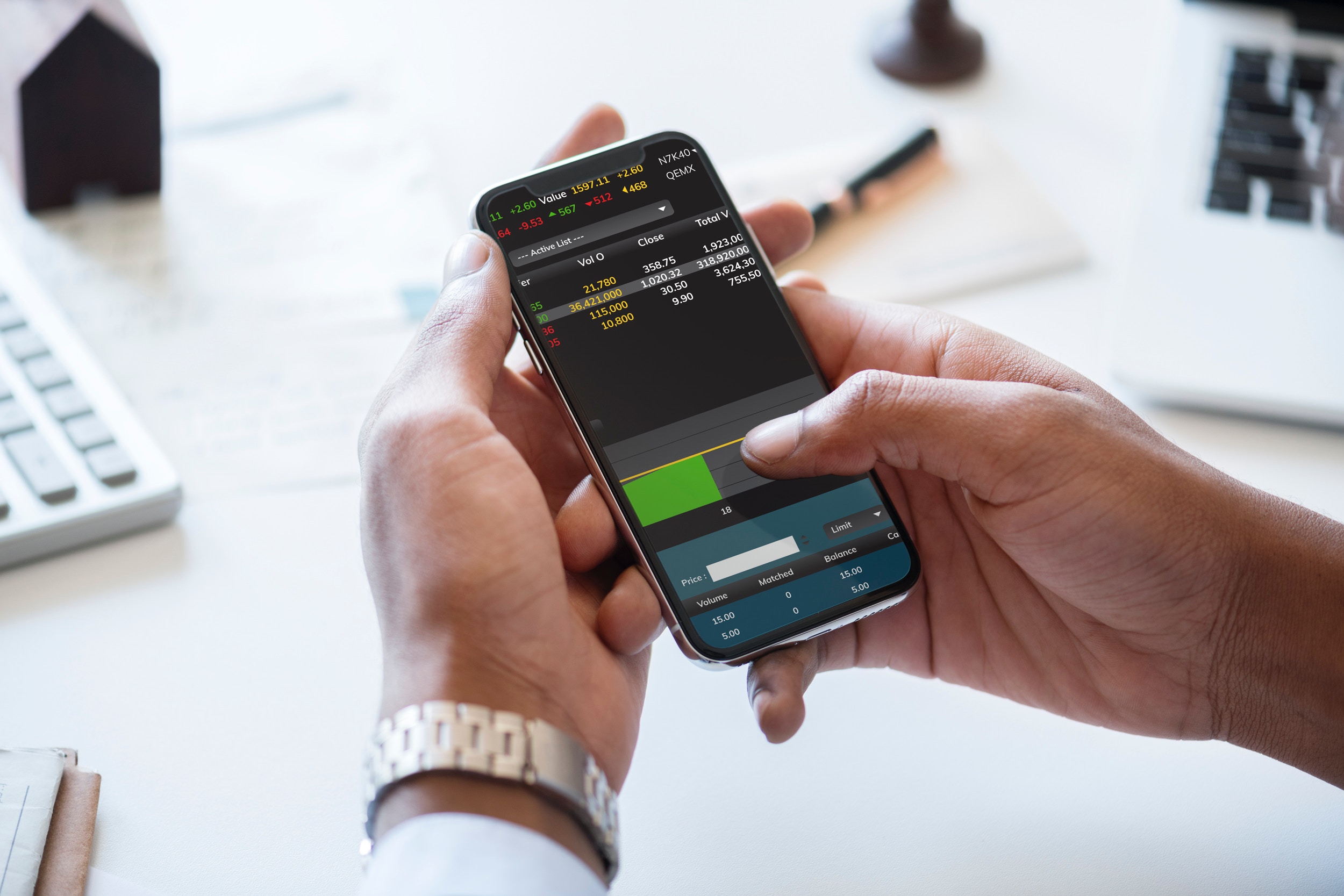5 Challenges Faced in Enterprise Mobile Application Development
We have app for everything. Sometimes it feels that the whole point of having a SmartPhone is accessing these mobile applications and not the other way around. But apps are not just apps, they can be differentiated for the purposes they have been developed. It can be customer-centric or an enterprise-essential; the purpose differs because the audience is different.
Now, the complexities also differ because the purpose is not same, because there has to be either employees or customers. Our focus today will be learning about challenges that we come across while developing an enterprise mobile application.
Customer-Centric Applications & Enterprise Mobile Applications: What’s the Difference?
Customer-Centric Apps
Now you should not get confused with the term ‘user-centric’. The user can be anyone. It can be your employee or a customer. We are specifically speaking about customer-centric apps.
Customer-centric apps are developed to provide users/consumers a positive experience about a brand. A good online shopping experience on their devices will make them approach the service again in future. Brands enjoy sale boost, customer loyalty, and more growth.
Customer-centric apps are comparatively simple to develop. You have to be cognizant of fact that every customer will have different preferences and expectations. The app developed should serve customers taking them as a king.
WhatsApp, Facebook, and etc brands like them are the perfect example of customer-centricity.
Enterprise Mobile Apps
The focus of enterprise mobile apps is completely towards the specific and functional needs of a business.
Whether you want to streamline business processes or increase employee efficiency, then enterprise mobile apps are the way to go. Enterprise mobile apps are more complex to develop since there is no emotional element. Rather it is completely about business integrated tools, security, HR, manufacturing, and much more.
Types of Enterprise Mobile Apps
- Content Management (CMS App)
Organizations can efficiently store, track, manage, and distribute unstructured content such as product information, documents, surveys, accounting records, and web pages across the platform without compromising the security.
Even employees at entry level can access and collaborate on information related to projects. CMS app altogether facilitates streamlined workflow, make data search easy, and team collaboration.
- Enterprise Resource Planning App (ERP App)
Implementing ERP software, you will streamline work process, improve productivity, optimize efficiency, reduce expenditure, and generate better revenue.
ERP software is designed with built-in protection feature that keeps the data (information on sales, purchase, manufacturing, and others) safe.
- Order Management App
From customer making an inquiry to placing an order, and to the final product delivery, the order system is very complex. Regardless whether you are an e-commerce retailer, wholesaler, or restaurant owner it is quite necessary you manage orders properly. With an order management app, you will successfully do that.
- Customer Relationship Management
“Customer is the king”
Businesses to improve customer service and make some profit should have a comprehensive strategy while interacting with the customers. Together with CRM software, it’s easier for the marketing team to collect customer data, track leads, do interaction, automate sales, manage the business relationship, and much more.
Innovation at every phase brings business a good success. There is nowhere written that mobile apps are meant only for the customers and the best example is enterprise mobile applications. Developed to boost productivity, they are just the right addition to a growing business.
A mobile application developer may face multiple challenges if his target is a high-functioning enterprise. In this post, we will see challenges that arise when developing an enterprise mobile application.
Major Challenges of Enterprise Mobile App Development
- User-Interface
Mobile application designers are always plagued by UI challenges.
Now might have you heard this quote, ‘You don’t have to be RICH to be successful’?
Quite similarly your ‘app design need not be beautiful to be functional’. That’s quite true, and these words are from the most experienced UI designers. They hate to admit it, but the usability of applications has greater importance over aesthetics.
I have listed the most common mistakes we application developers do, just go through the list and make sure it is avoided.
- Having too much on the screen can kill a mobile application– It’s a challenge for the app developer not to get drowned in the melee of bigger fonts, larger buttons because the interface fails badly if the user finds little less freedom to access the features.
- Lack of consistency– The design layout for the application should be consistent throughout even if it looks boring.
- Wrong use of fonts– This creates readability issues and the user will easily lose interest if the content is not easy-to-read.
- The Big Data Challenge
Battery life, signal power, the cost of data transfer, etc, can significantly prove challenging for mobile applications developers building big data backend for enterprise mobile applications.
Keeping big data as the foundation, it is possible to create a revolutionary app. But mobile app developers should make sure the app is not compromised of its ease of use, loading time, and functionality.
- Data Access & Content Management
Enterprise mobile app developers should ensure there is a seamless sync between the application and backend. Not in all the places people will have access to the network. Hence users should be able to access data or information even when they are offline. Once they get the network, the data should automatically update.
Providing offline capability makes it easier to access data anytime, anywhere giving users seamless user experience.
- Data Encryption (Security & Authentication)
The anywhere, anytime data access privilege increases business productivity, but there should be no security compromise. As per the reports from Vulnerability Review 2016, Flexera Software, the vulnerabilities in common non-Microsoft enterprise apps account for 79%.
In another report, it is cited that 98% of mobile apps do not have binary protection, making them vulnerable to severe data modifications and reverse engineering.
Mobile application developers should use LADP. Using LADP, a software protocol, the entire organization files or information will be centralized into a single directory. Data access will be easy. Administrators will find it easy to encrypt and protect entire data without many complications.
- Server-Side Validation
Validation is required to make sure that the user has entered properly formatted information through the web form. If you carry out all error recovery process and input validation on client-side, it is referred as client-side validation. If you do that on server-side, it is termed as server-side validation. Even the programming languages used differ in these processes. Client-side validation is easier to perform, provide a better user experience but not sufficient to uphold the integrity of the application.
Through server-side validation, you can protect the enterprise mobile application data from malicious users.
Both the validation process is necessary. Since our focus is towards application security, server-side validation is absolutely necessary.






 +91 8277203000
+91 8277203000
